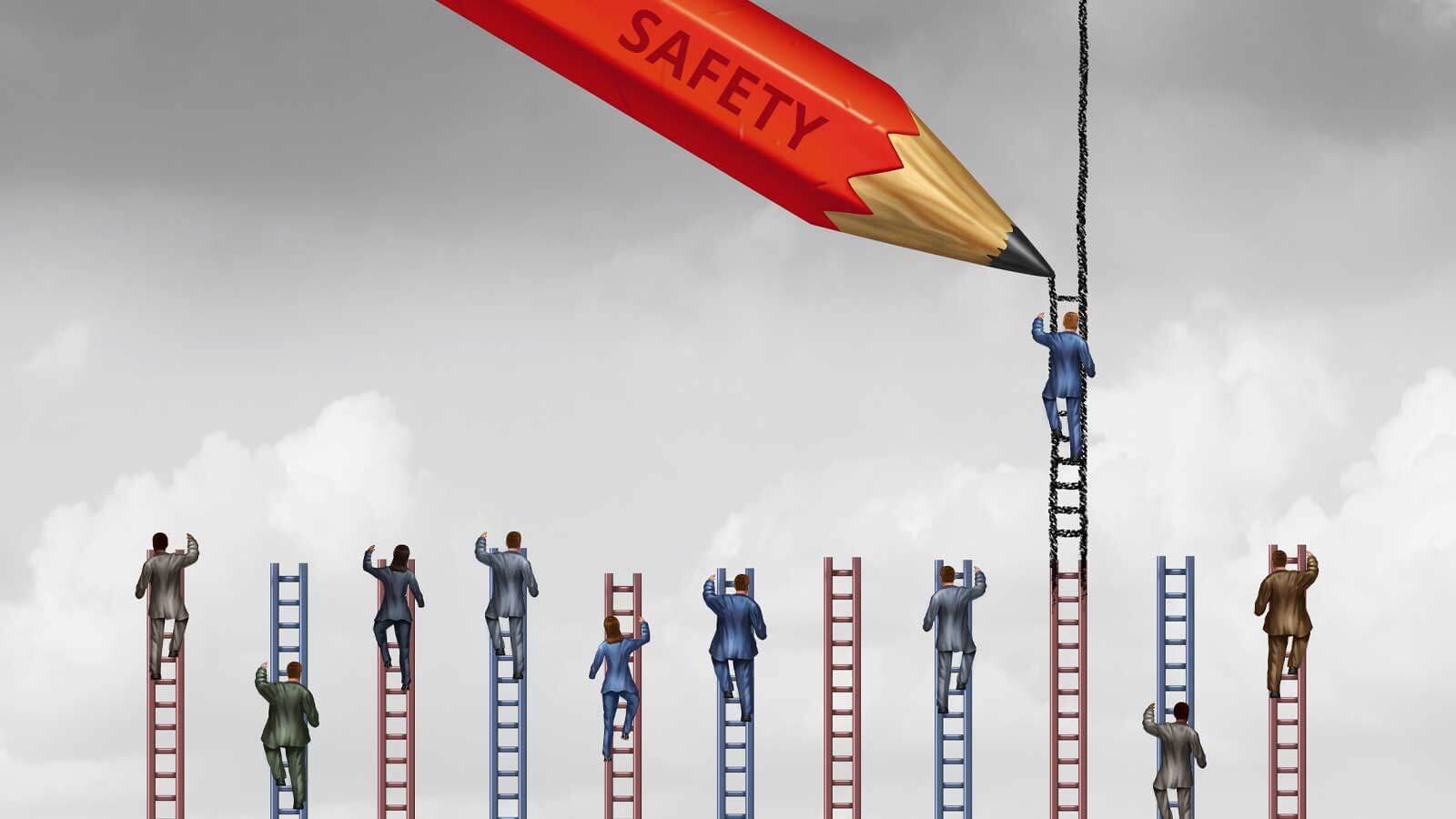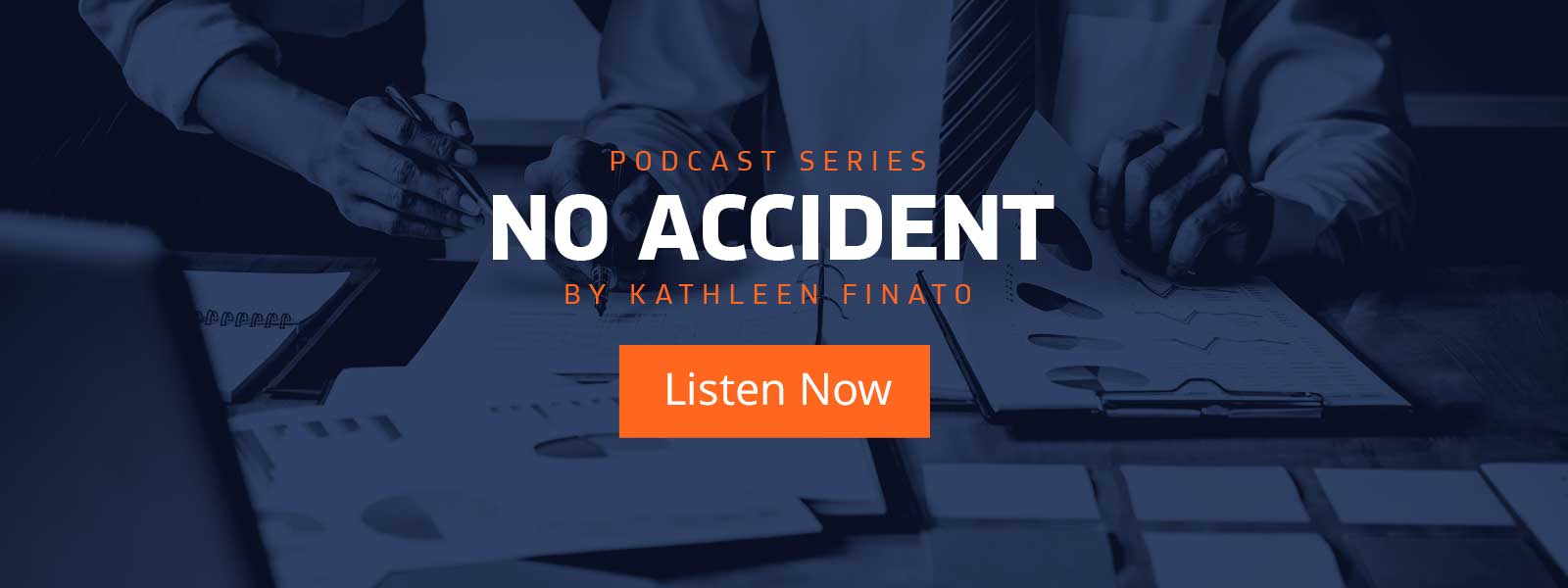Does safety support a business or drive it?
A company’s safety program can play a pivotal role in the success of a company. While often characterized as “safety cops,” most safety professionals recognize the impact a strong program plays in the profitability and operations of their organization. It’s not just about adherence to safety protocols. Or mantras printed on signs and dashboards (zero accidents). The real leaders of safety are building and promoting programs that transform their businesses in ways that set them apart from the competitors in their industries. They are seen as enablers rather than a “necessary evil” or hindrance to business operations.
Based on conversations from the No Accident podcast series, here are four ways safety professionals are delivering a competitive advantage for their organizations:
Reducing operating costs to support more competitive pricing.
According to Mike Letters, Safety Manager at Terminix, one of the largest pest control companies in the world, “Safety can give back to operations by improving efficiency.” Efficiency improvements drive down operating costs and improve company margins. For example, Petersen Dean, Inc. a commercial and residential roofing and solar panel installer, viewed safety as a critical part of their business strategy for more than 35 years. They leveraged their margin improvements to drive more competitive pricing in the market and deliver on their promise of quality and low-cost solar panel installations. “Our safety program drives down costs so it’s not passed down to the customer,” said Travis Post, the former National Director of Safety at Petersen Dean.
Creating a brand reputation that differentiates you from the competition and gives your customers reason to buy.
It’s often said that it takes years to build a reputation and only five minutes to ruin it. For a business, protecting brand reputation is core to protecting sales and, therefore, profit. According to the World Economic Forum, a quarter of a company’s market value can be directly related to its reputation. It’s easy to see, therefore, how a successful safety program can bolster a company’s reputation. But beyond just protecting against the likelihood of negative incidents occurring, a successful safety program in and of itself can be a key component of a company’s brand.
At Southern Glazer’s Wine and Spirits of America, the largest wine and spirits distributor in the United States with operations in 44 states, Kay Yoder, Vice President of EHS and Business Continuity, sees safety as part of her company’s brand strategy: “We want to be seen as not only a leader in beverage alcohol distribution, but also as a leader in EHS.” Likewise, Matt Hare, Vice President of EHS at Hit Promotional Products, one of the top 50 suppliers of promotional items in the US, believes his safety program is a reason why they are winning and retaining top brand clients: “People honestly want to see a vendor that is protecting their workforce. Providing a clean and safe environment is a true sales advantage.” At Hit, new and existing customers are given a firsthand look at the safety protocols at Hit’s production and distribution centers and how that sets them apart from the competition.
Recruiting and retaining world-class talent.
Brand reputation influences more than just sales. It also impacts a company’s ability to attract and retain talent. Safety programs that sit at the forefront of a company’s recruitment message can showcase the organization’s commitment to people and the investment they are willing to make to ensure the well-being of their workforce. As Shawn Mandel, Vice President of Safety and Risk Management at Waste Connections pointed out, “It is definitely a competitive advantage – our reputation on culture, how we treat people, the emphasis placed on safety and well-being [of our employees] and creating a great place to work.” That says a lot for an industry that struggles with employee turnover rates.
Safety as a revenue stream.
Sometimes, the practices put in place by safety leaders, the programs that have helped to build their company’s reputation, can be transformed into new sources of revenue. “We are in the process of marketing our safety to our customers,” said John Goodpaster, Director of EHS at Briggs Equipment. Demand from their customers has created an opportunity for Briggs Equipment to consult on and even monetize their safety solutions.
Although it’s important to remember the core business should still be the priority. “If your company is not a safety company, then safety shouldn’t be first. Making a profit should be first. Making money and doing it safely,” said Justin Overstreet, Vice President of Safety at Wildcat Oil Tools.
Seeing safety as a point of differentiation makes all the difference
Building a program just for safety’s sake is rather short-sighted. Safety can be a competitive advantage for any company. It can bolster your company’s reputation, create valuable operating margin, even help you recruit and retain top talent. Safety leaders who embrace this view and execute against this vision can create a “seat at the table” and a competitive advantage for themselves and their companies.
To hear more from the leaders quoted, check out the TRUCE No Accident podcast series where our host, Kathleen Finato, talks to safety leaders across a wide range of industries to understand how what drives them in their field is also driving the success of their companies.


